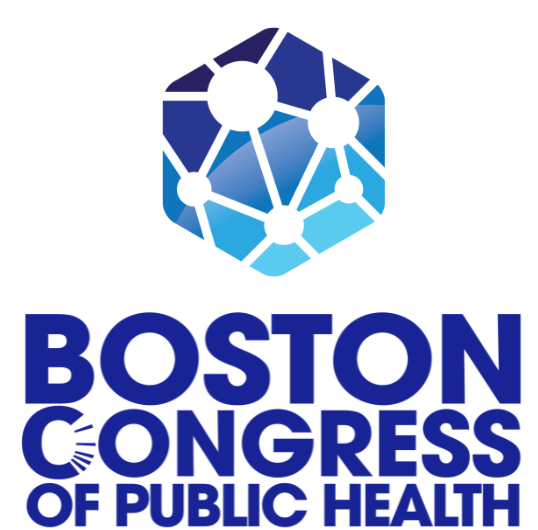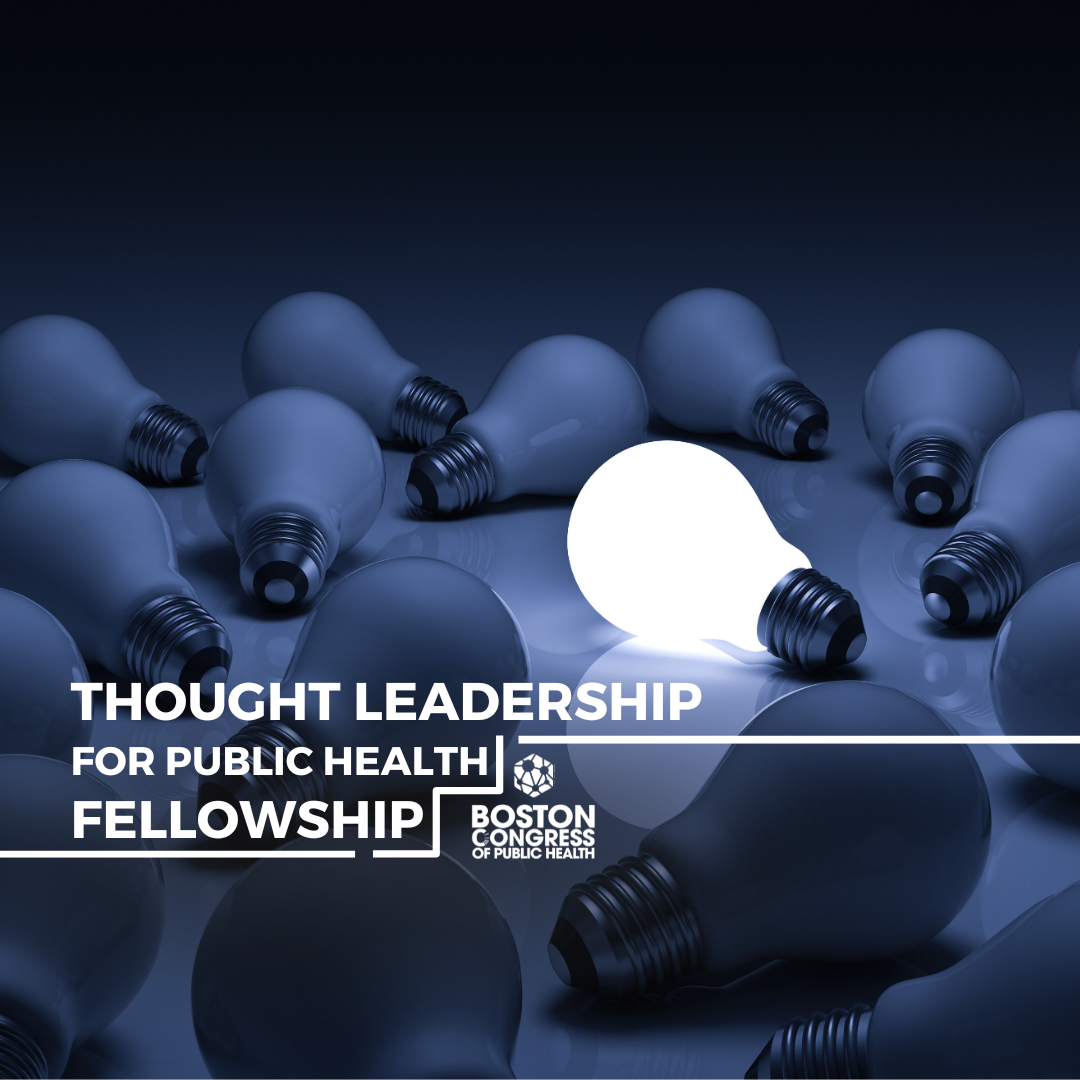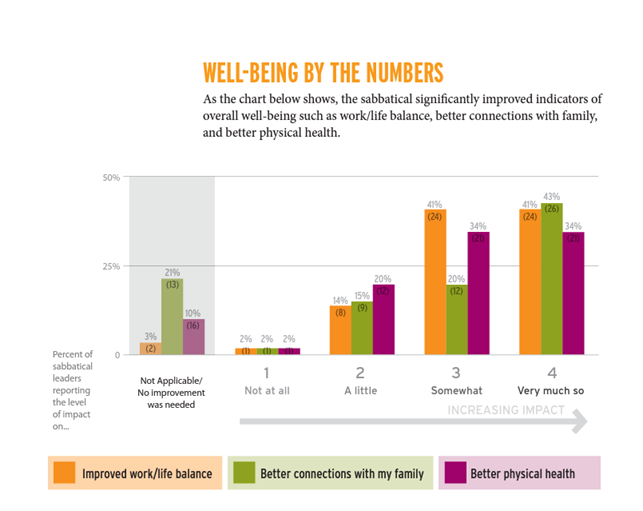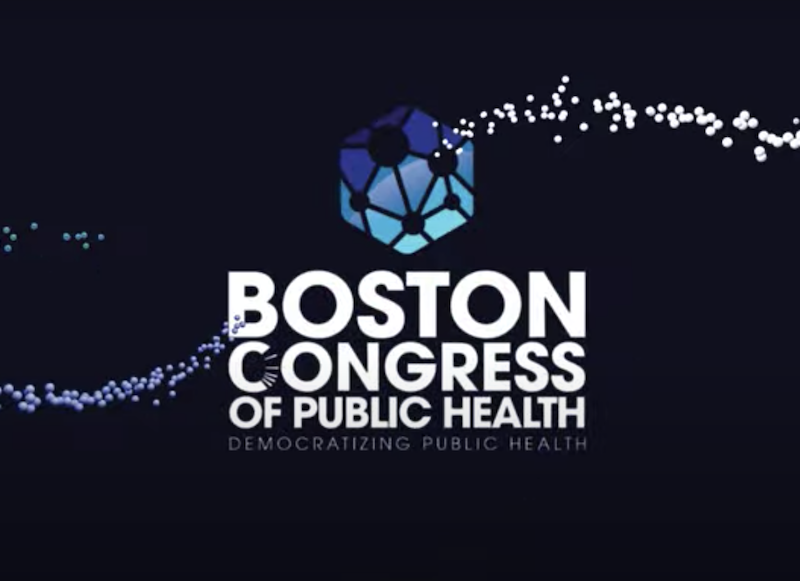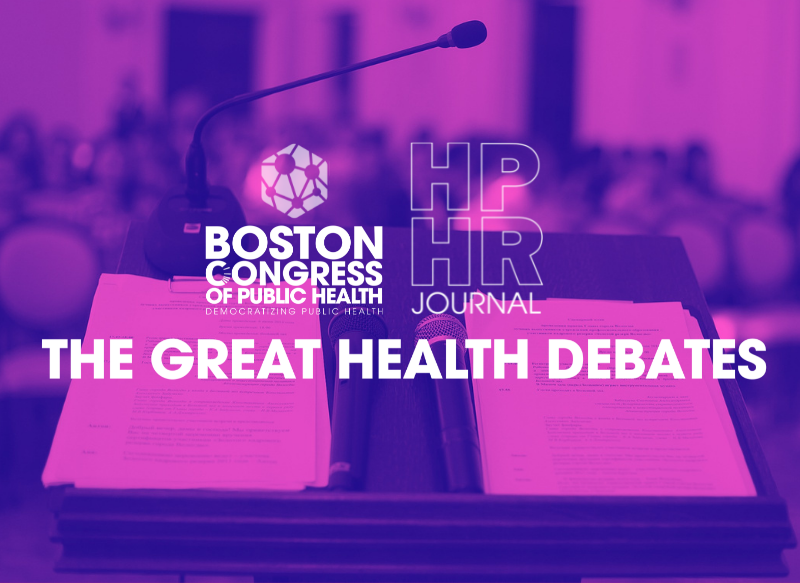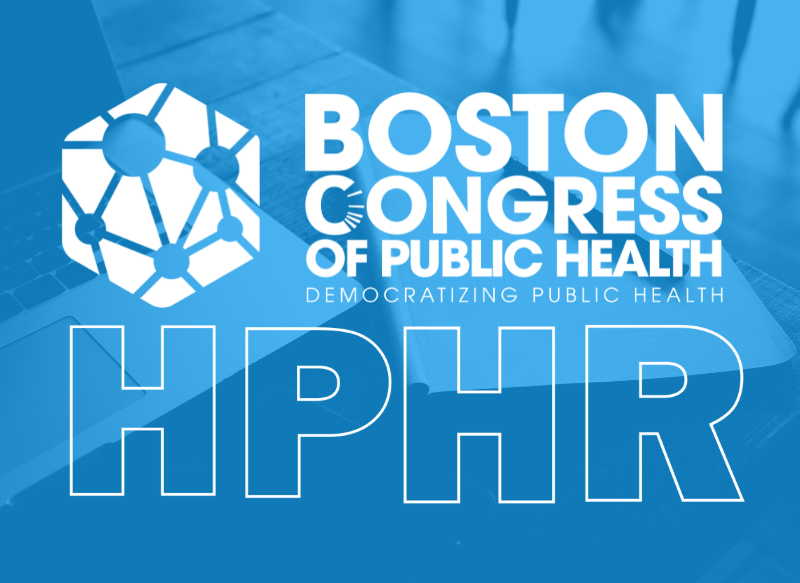I spent the early weeks of my sabbatical, first, in disbelief that I left a dream job, and second, prioritizing what my husband and I needed most that was difficult in my last job: moving cross-country to be closer to family. Amid these transitions, as I approach the three-month mark, I have spent my time in a self-driven mix of rest, rediscovery, and professional exploration, while experiencing a drastic shift in my energy for the first time in a long time. No two days are the same, and I have spent my time:
- Sleeping…a lot…
- Unpacking and settling into a new home;
- Reflecting on why I left my job and confirming that, although I loved the work, I made the right decision;11
- Using health and wellness care to address my physical, mental, and spiritual needs;
- Volunteering, such as for the 2023 AMAZE grant review committee, to get deserving communities resources to expand adolescent sexual and reproductive health work;12
- Serving out my Board responsibilities for amazing organizations; and
- Reading romantic comedies, cozy mysteries, and thrillers entirely for fun.
I have ticked off items I didn’t even know were on my bucket list – like delivering a commencement speech to my alma matter.13 I’ve spent unhurried time with family and friends. I’ve watched quality television shows like Love is Blind and Ted Lasso, laughing more than I have in a longtime. And I’ve tapped back into my creative muscles through writing for different audiences and painting.
I didn’t plan my sabbatical this way, but if I’m honest, I don’t think I could have planned it better. And that’s what excites me most about this moment in time: I’m giving myself permission to prioritize life, take care of myself, and do what brings me joy in ways that bring me joy.
To be clear, I don’t feel fully “human” yet. Keeping up with email is slow. I often wonder if I’ll ever find the perfect next position at the perfect place. And there are relationships I want to pour back into when I have more energy.
But, for the first time in a long time, the promise I’m working toward isn’t a promotion that may never come on my timetable or the need to stay relevant. I’m just working toward a better, happier, healthier version of myself.
And that, to me, is the untapped power of the sabbatical: an opportunity to unlock progress in my individual health as well as the health of communities I’ll serve in future.
